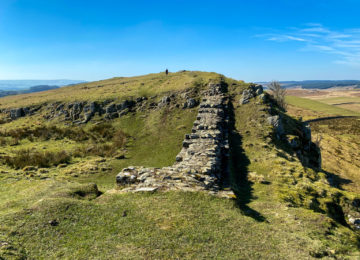Farah Abdessamad at berfrois:
 Like German author Judith Schalansky, I like paying attention to maps. They are time-stamps, relics and quantifiable measure, and, generally, works of art. Unlike Schalansky though, who wrote an entire Pocket Atlas of Remote Islands (2010) about fifty islands she has “not visited and never will”, I gravitate towards rock more than sand – a cinematic universe of desaturated hues, greyscale, dimmed light and eroded matter to match the incongruity of life itself.
Like German author Judith Schalansky, I like paying attention to maps. They are time-stamps, relics and quantifiable measure, and, generally, works of art. Unlike Schalansky though, who wrote an entire Pocket Atlas of Remote Islands (2010) about fifty islands she has “not visited and never will”, I gravitate towards rock more than sand – a cinematic universe of desaturated hues, greyscale, dimmed light and eroded matter to match the incongruity of life itself.
Things that are collapsing attract me more than a fantasised mythology of immortal coral, sea and tacky sunscreen. They reflect a necessity for nature and humans to peacefully coexist, testifying that even extravagant dreams of megastructures are bound to dissolve with time. Stones are humbling. When I stand in front of ruins, I mourn shattered hubris – with a tinge of schadenfreude sometimes. “Paradise may be beautiful, but it’s not interesting”, Schalansky wrote. It’s an elusive statement that lacks originality, but it’s one with which I agree to some extent, ruminating about what paradise truly means and entails.
more here.
